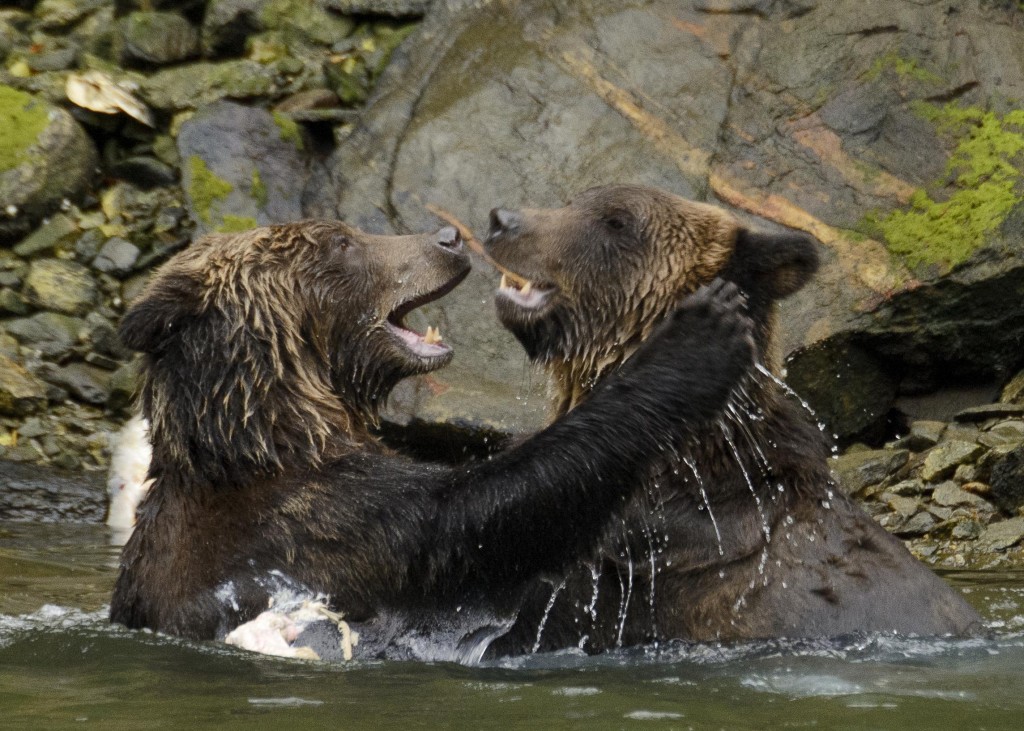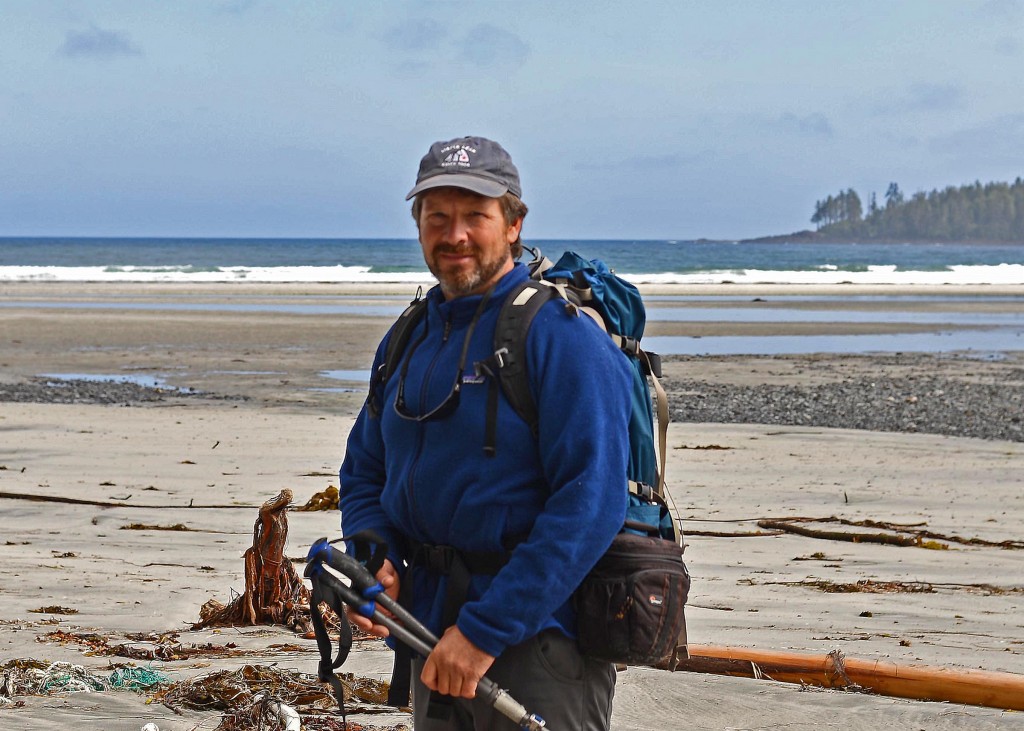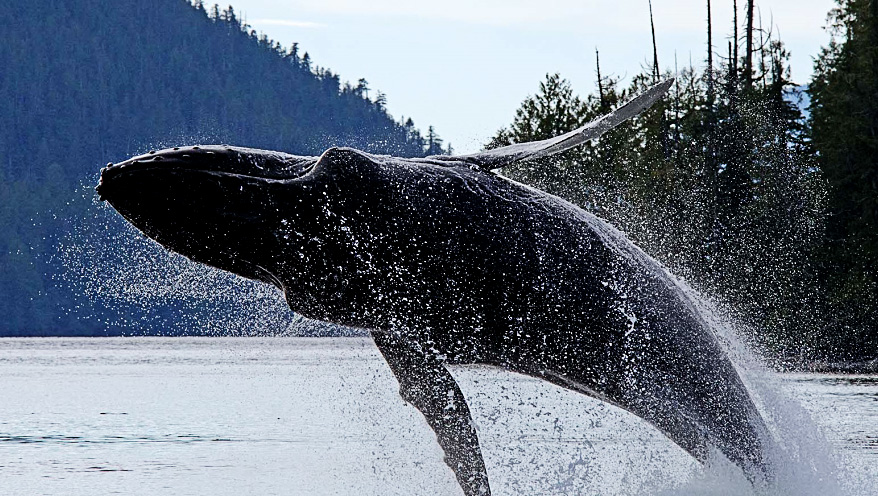What camera gear and lenses should I pack for photography in Antarctica? How do I prepare equipment for photographing the Antarctic, with its harsh conditions and endless photo opportunities of penguins, mountains and icebergs?
These were questions running through my mind as I counted down the days until I embarked with Polar Latitudes as the expedition photographer for a voyage from Montevideo via the Falkland Islands and South Georgia to the Antarctic Peninsula.
This would be my first trip to the ‘deep south’ but it seems like a natural fit because I’ve accumulated 30 years of winter mountaineering and adventure photography experience between the sub-arctic conditions of the Scottish Highlands and the alpine mountain ranges of Western Canada.
Our Expedition Leader Brandon Harvey described the expedition to me as ‘the trip we all want to do’, referring to both expedition staff and participants. But his invitation to join Polar Latitudes team really needed little by way of a sales pitch. If Brandon’s experience is anything to go by this relatively new company has amassed an incredible wealth of polar experience and promises to be not just the opportunity of a lifetime but one with one of the premier polar-expedition providers in the world.
Which is all very exciting but presents a high bar for a newcomer to polar regions to prepare and help deliver a crucial part of the high-quality experiences inherent in such a voyage.
As departure date approaches I have a raft of work to do to clear my decks on the home and business front and to gather my camera equipment and lecture programs together for the trip ahead.
Through mid-September I was out on a similarly focused trip with Maple Leaf Adventures travelling along the coast of British Columbia through the channels, islands and fjords of the Great Bear Rainforest. This is home turf for me and I’ve been working for Maple Leaf Adventures on trips for four seasons now. My job as photography instructor onboard has settled in to be a confident role, made all the better by the strong personal connections with the ships’s crew and the admirable vision of the company as a whole.
So now I have to translate my experience photographing wildlife in the temperate rainforest and winter mountaineering to an Antarctic context. For all the experience I’ve had in harsh and intensely photogenic environments, there’s also a lot to learn. But at this stage in life I think I’m easy going enough to be open to new experiences to find a good balance between confidence in my skills and keeping open to understanding and adapting to the unique challenges of the world of polar photography.
But while my head is swimming with imaginary scenes of penguins and icebergs the reality is I have three weeks left to get my life in order and pack!
Comfort first
The majority of the time I’m shooting, I’m trekking deep into the backcountry, so as restraining as keeping within airline weight limits and the practicalities of international travel are, the fact that I’m not going to have to carry my camera equipment along with shelter, fuel and food for the duration of the trip is hugely liberating. Nevertheless, efficiency is a watch word for good photography and I like to be nimble and adaptable no matter what the location and situation.
Two things I know are going to be familiar, albeit in combination rather than separate factors, as I’ve been thus-far used to, are cold temperatures and the challenges of a marine environment. Comfort has to be the priority no matter what. Struggling to maintain energy and enthusiasm in the cold is no recipe for efficiency and creativity so my first priority is to make sure I have the right clothing to keep warm and comfortable. Luckily my winter mountaineering pursuits have filled my closet with a good selection of cold weather clothing.
Summer temperatures at 60˚ south are going to vary from briefly balmy in the shelter of the expedition ships’s superstructure at anchor to potentially sub-zero snow flurries in austral summer tempests. Protection from wind and precipitation is going to call for a good outer waterproof shell, both jacket and bib-pants. I’ll be packing a set of Arc’teryx Beta shells to keep me dry and warm. A synthetic down jacket, fleece jacket and pants will make a good mid-layer and Icebreaker Merino wool under layer will probably be optional depending on the conditions on the day.
A warm wool, synthetic fleece-lined toque (hat/beanie), gloves, sun-glasses and light neck tube to pull over mouth & nose in dry winds will round out my essential day to day clothing.
Packing camera equipment for the Antarctic
I live with my family on a fairly small island in British Columbia. We’re far from the bright city lights so most specialized equipment is usually researched and purchased online with more standard items available in the nearest small city, Campbell River. That’s meant I’ve needed to be well on top of my equipment and sourcing new items well in advance to be sure it arrives in time for departure at the end of October.
Which brings us to the nuts and bolts: choosing the right gear to pack for a photography adventure to South Georgia and the Antarctic. As for any photography shoot, there’s going to be two parts to the camera gear to consider and select: the camera gear itself and protective cases, bags and pouches to keep it all dry and safe. In marine situations I typically use hard, waterproof Pelican cases, and for the alpine I have an assortment of soft, weatherproof LowePro pouches & bags. For this trip I’m planning to use a combination of the two.
With convenience for airline flights and practicality on the voyage in mind I’ll stow the soft camera packs into a waterproof dry-pack that will work as carry-on. The Pelican case will take the accessories stuffed inside my checked luggage, along with clothing and the usual travel essentials.
I’m a Nikon shooter and the equipment I’ll be packing is:
Camara bodies: D600 FX & D7100 DX
Lenses: 16-35mm f4 VR AF-S, 24-120mm f4 VR AF-S, 50mm f1.8 AF-S, and 80-400mm f4-5.6 VR AF-S and I’ll throw in a TC14e lll teleconverter.
Miscellaneous: 4 camera batteries, 128GB, 2x 32GB, 2x16GB SD cards, Black Rapid strap for handling 2 bodies with T1 fasteners to work wth the Manfrotto RC2 quick release plates.
For video: Neutral density filters & ME-1 microphone + 3mm audio extension cord.
Support: compact Manfrotto monopod with 234RC tilt head, 190 Manfrotto carbon fiber tripod with Manfrotto MIDI 498RC2 ball head.
I’m packing that equipment like so: The D7100 with the 80-400 AF-S VR in a LowePro TopLoader 75 AW The D600 will have either the 16-35mm or 24-120mm mounted and stored in a LowePro TopLoad Zoom 30. The unused 16-35mm or 24-120mm f4 will be stowed in a LowePro 11×14 lens case and the 50mm f1.8 and TC14e lll will pack together in a LowePro 9×11 lens case. For filters, hard drive, spare batteries, cables etc… I have a couple of older LowePro accessory cases similar to the Dashpoint 20.
Both camera bodies and the lenses in their respective cases fit snugly inside a 35L MEC Slogg dry-pack with room for a 12″ MacBook Pro and a few travel essentials: water bottle, snacks etc… The accessory pouches along with my binoculars, external hard drive, monopod and tripod are going in a small Pelican case (1400) stowed for travel inside my suitcase, hopefully leaving room for a clean shirt or two!
I’m happy I’ve whittled my gear down to a slate that should be able to meet plenty of still or video opportunities. I’d love to have a full video head with me and one or two additional fast primes (I may yet throw the 135mm f2 in) but additional weight can be impractical and besides shooting within constraints no matter what they are often leads to unexpected innovation and creativity.
Next steps will be travel down to Buenos Aires to meet the Sea Explorer, the rest of the Polar Latitudes crew and our keen group of expedition passengers. It’s going to be an incredible experience and I can’t wait to see what the expedition brings, from new connections with people from around the world, the stunning scenery, wildlife and unique light of the southern hemisphere, to employing the skills learned from many past adventures in the challenging polar environment.
To find out how I made out and what worked and what things I’d do differently, check out my follow up post on What I Learned About Photography in Antartica




